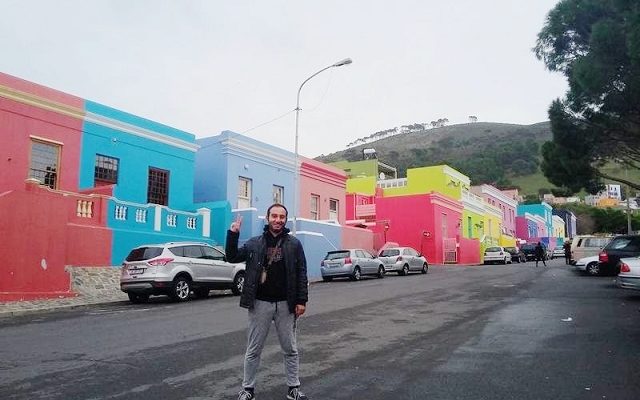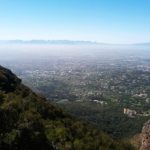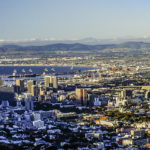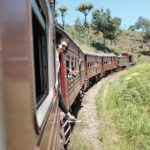Bo-Kaap – Colourful Houses Emerging From a Dark Colonial Past
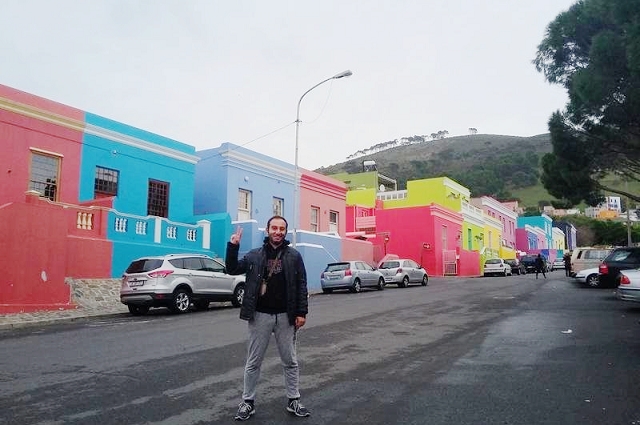
I always enjoyed street photography, especially when there is colourful and stylish architecture involved. So, I was extremely excited to move to a district called Bo-Kaap in South Africa. I wasn’t very knowledgeable of the place, so I decided to join the guided free-walking tours for Bo-Kaap.
The guided tours start at 2 pm every day from Greenmarket Square. I can easily tell you that the guided tour in Bo-Kaap was one of the most informative tours I ever joined. I learned so much about the history of Bo-Kaap that my respect for its residents has increased much more!
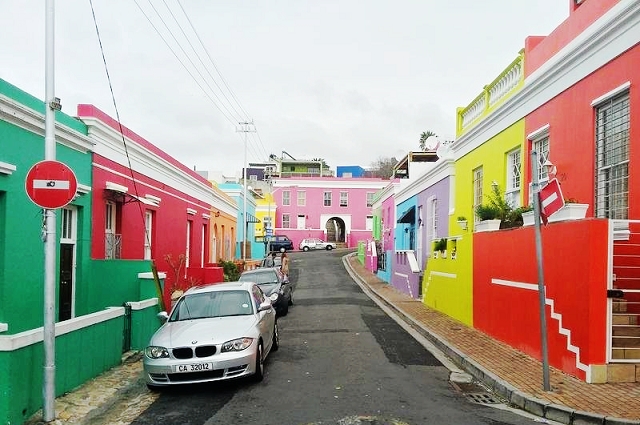
The word Bo actually means “above”. So, Bo-Kaap basically means “above the Cape”. It makes sense since the neighbourhood is on the outskirts of Signal Hill next to the city centre.
Basically, European countries were trying to take control of the Spice Route in South Asia. Dutch East India Company was founded to reassure that the colonization and trade activities were carried out in an organized way. As they were passing by the Cape of Good Hope, they finally discovered the peninsula and were impressed by the fertility of the land. Therefore, they decided to set up a refreshment centre. Extra labour was obviously needed for the setting up. Because there was a clash between the Khoikhoi tribes and the Dutchmen at the time an alternative solution was needed.
So, slaves were imported from Malaysia and Indonesia!
A block of land was purchased at the foot of Signal Hill to accommodate the slaves. Among them were very talented tradesmen, craftsmen and artisans. Because they were Muslim, mosques were built in the area. There are a total of 10 mosques in the area.
The slaves were liberated during the nineteenth century, but they still had to make a living and survive on their own. Lucky for these people, they did have their hand-skills and talents. They just had to come up with a way of marketing themselves, declaring their talents to the outside world. This is where the colourful houses came into the stage.
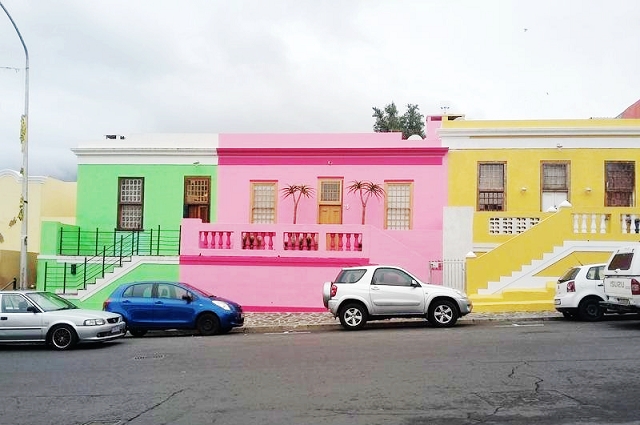
Every single house in Bo-Kaap was painted with a different colour because every colour represented a specific talent.
The house with magenta walls had great chefs living in, while the orange house was a resident of a tailor and his family, and so on. Another reason for the houses to become colourful was that it symbolized their freedom since the houses were initially all white.
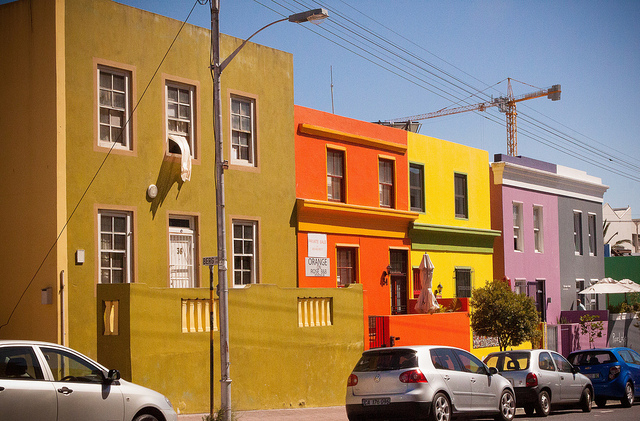
*image: Flickr
In 1943, restoration of the place took place, eventually leading to the declaration as a national monument in 1966.
Today, the people who live in these colourful houses are the grand-grand-grandchildren of these people. I really enjoyed the sense of community and friendliness in the area.
Probably because of my middle-eastern-ish looks, people would always salute me with “As-Salaam ‘Alaykum”. They are always so friendly and tolerant to tourists despite their annoying attempts to take numerous pictures with the colourful houses.

The Kaapse Klopse Festival | *image: Flickr
- Related: South Africa – Bungee Jumping off the Bloukrans Bridge
- From the Author: South Korea – Hiking in Seoraksan National Park
Also, if you happen to visit during the summertime, you will be thrilled to witness a magnificent parade organized by the residents named The Kaapse Klopse.
Do check it out!
*This article contains links to Affiliates which Fat Starfish receive a percentage of sales with no additional costs to you. Help us maintain this website by buying from our links. Thank you for your support!
Disclaimer: The views expressed in the article are the author’s and in no way reflect the views and/or opinions of Fat Starfish.

